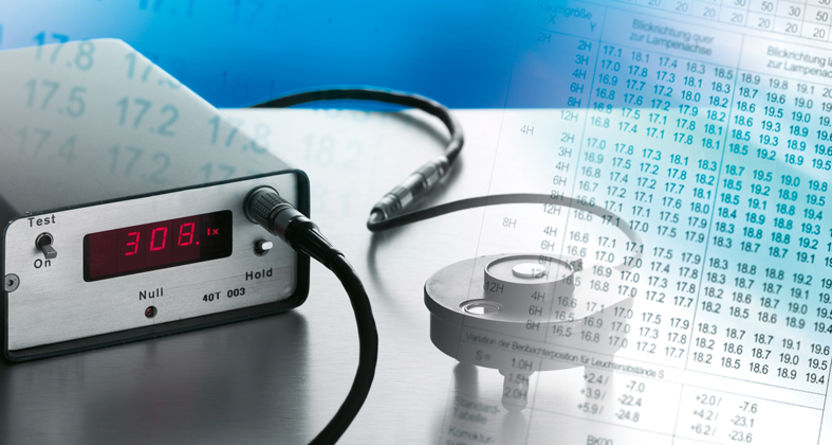
Lighting measurement

Good lighting is vital for creating humane workstations and work rooms as well as for occupational health and safety. This is why, in spite of diligent design, measurements in the implemented installation provide greater safety when it comes to compliance with minimum values.
Measuring lighting during ongoing operation is also necessary to ensure compliance with minimum lighting values for reasons of occupational health and safety. Illuminance in particular decreases due to degradation and soiling of lamps and luminaires, room surfaces and equipment surfaces. Hence, illuminance at workstations must be checked regularly. Predictive maintenance methods regularly record pertinent values at workstations.
Measurement screening of lighting installations can thus be necessary for several reasons:
Examination of the current state of a lighting installation for the purpose of verifying compliance with directives, regulations and standards to prompt maintenance, repairs or modifications of the installation as necessary
Compliance with occupational health and safety requirements
Comparison of various lighting installations e.g. in model installations for the purpose of selecting photometrically and economically sound solutions
Retesting of projects – as e.g. EN 12193 "Sports lighting" states, noticeable deviations can occur between design and measurement when considering manufacturing tolerances for lamps and luminaires, measuring tolerances and tolerances for arrangement and orientation of luminaires but also temperature and voltage variations. These influences excluded, calculated and measured averages may not deviate by more than 10%.